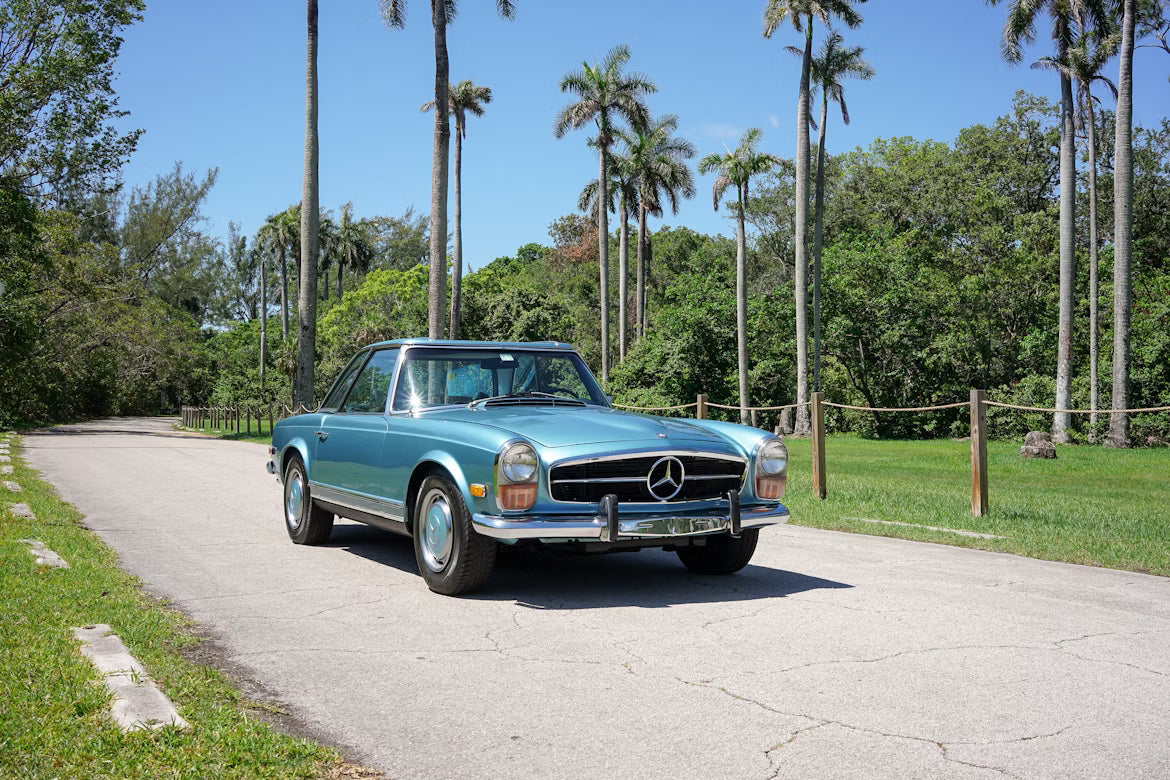The term W113 Pagoda might sound poetic, but it actually refers to one of the most iconic design features of the Mercedes-Benz SL series built between 1963 and 1971. This nickname, now loved by collectors and enthusiasts alike, came from an unlikely place—architecture. But what exactly links a German roadster to ancient Asian temples?
The Birth of the W113
Mercedes-Benz introduced the W113 Pagoda in 1963 as the successor to the 190SL and 300SL models. Designed by Paul Bracq and Béla Barényi, the car was not only a technical advancement but also a style statement. It featured a sleek body, fuel-injected inline-six engines, and a revolutionary safety-focused design.
Why "Pagoda"?
The nickname “Pagoda” was coined because of the car’s distinctive concave hardtop roof. When viewed from the side, the gently curved roofline resembles the upturned eaves of traditional Asian pagodas. It was not only visually striking but also had a structural purpose—improving rigidity and safety in case of a rollover.
Interestingly, the term wasn’t an official Mercedes designation. Journalists and enthusiasts began using it informally, and it stuck. Today, "W113 Pagoda" is synonymous with elegance, engineering, and timeless design.
Legacy and Popularity
Over 48,000 units of the W113 Pagoda were produced, and they remain highly sought after today. Whether you're an owner, restorer, or simply a fan, understanding the origins of the “Pagoda” name adds another layer of appreciation for this legendary model.
Looking for W113 Pagoda Parts?
If you're restoring or maintaining your W113 Pagoda, having access to the right parts is essential. At Classic Mercedes Parts UK, you’ll find a wide range of high-quality parts specifically for W113 models. From mechanical components to trim details, we’ve got you covered.
Visit classicmercedesparts.co.uk to explore our full W113 Pagoda inventory and keep your classic Mercedes in peak condition.

